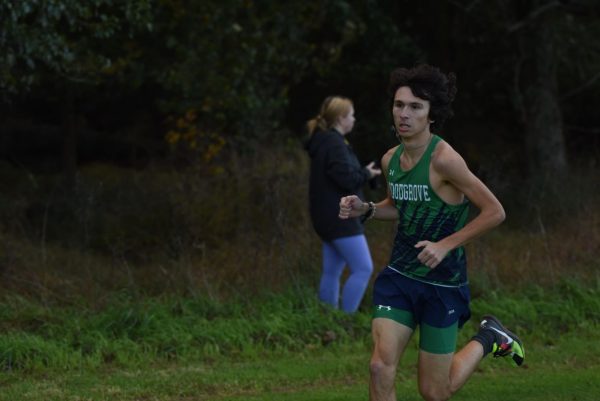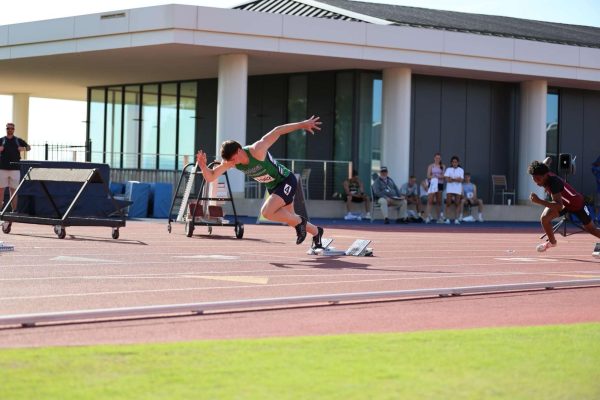
Imagine two athletes standing at the starting line: one ready for a short-fast sprint and the other ready for a long, unpredictable 5K. Both runners have trained to their peak of their abilities, but their paths to success could not be more different.
Only runners know the huge difference between track and cross country season. Most coaches and runners agree that sprinters run the 100s and 200s, mid-distance run the 400, 800, and 1600, and long-distance runners race the 1600 and up. Observing the different races reveals the big contrast.
Coach Staneart provides numerous examples that illustrate the differences between sprinters and distance runners. One of the things he mentioned was their different training routines, starting with workouts. Staneart states that sprinters should be working more on strength training, block work, and handoffs. For middle and long-distance runners, it is different. They should be getting some short-term workouts, but they need more miles to build endurance. Coach Staneart also mentioned that their mileage differs, stating, “If you’re talking about sprinters, they probably only run about 10 miles a week. Then middle distance, probably 20-30…long-distance is 25-40 for a high school runner.”
Connor Salmin is a junior who recently transferred from Woodgrove to Bullis High School, which specializes in training sprinters. Salmin is a sprinter who runs the 100 and 200 for outdoor and 55 and 300 for indoor track season. He agrees with Coach Staneart that mileage differs between sprinters and distance runners. As a sprinter, Salmin shares about his training distances, “[I] probably [run] like less than five miles a week.” Sprinters are not just running those miles at an easy pace, but they are running at a high speed with long breaks in between. A key difference between a sprinting program and a distance program is that sprinters focus on shorter distances with higher intensity, while distance runners cover longer miles consecutively at a slower pace.
James Torrible is a senior and long-distance runner at Woodgrove. Torrible discussed what his workout days look like, saying, “A lot of longer distance stuff, like 3 by 1 miles or 5 by 1K.” Distance runners need longer workouts to get them through a cross country race. These long workouts with short breaks are improving their endurance and helping them gain speed for longer amounts of time. Sprinters do not need that. All they need is to be able to sprint a short distance.
There is not just a difference between sprinters and long-distance runners. Boys and girls programs are also different. Coach Staneart adds, “The biggest thing is understanding that boys may have a lot of development left and often a boy will grow from someone who is not very competitive to extremely good by the time they are older. Girls on the other hand may get frustrated. As they grow, it is harder to do as well later as they did when they were younger.” Girls and boys psychees are very different because of growth rates. Staneart mentions that coaches should be gentler with girls because training them as

hard as boys can make them more prone to injury.
Kate Verry is a long-distance runner, who this year transferred from Loudoun Valley to Woodgrove High School for her junior season. Verry shared the difference between a girls and boys running program. She explained, “In my perspective, a girls running program should incorporate more aspects of like health, whereas a guys running program should focus more on longer miles.”
Sprinters and distance runners each have their own skills and paths to success, but the one who works the hardest will come out on top. Staneart provided a quote by Jerry Rice, “I will do today what you won’t so I can do tomorrow what you can’t.”


